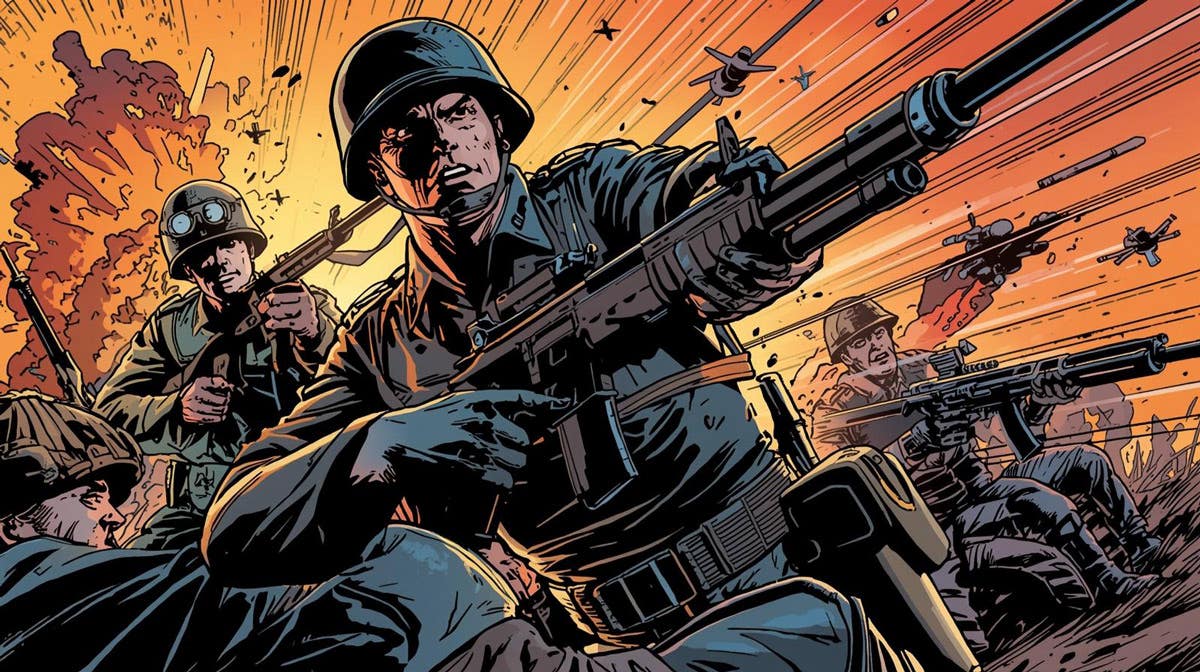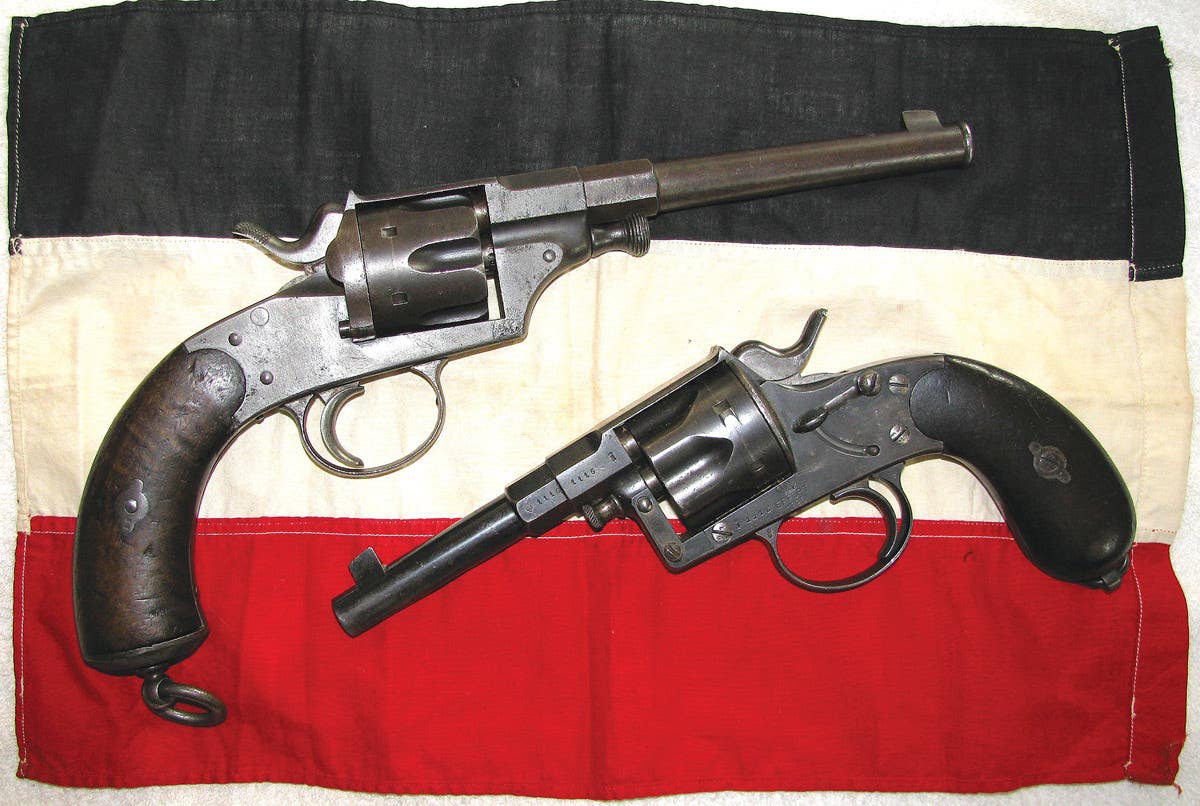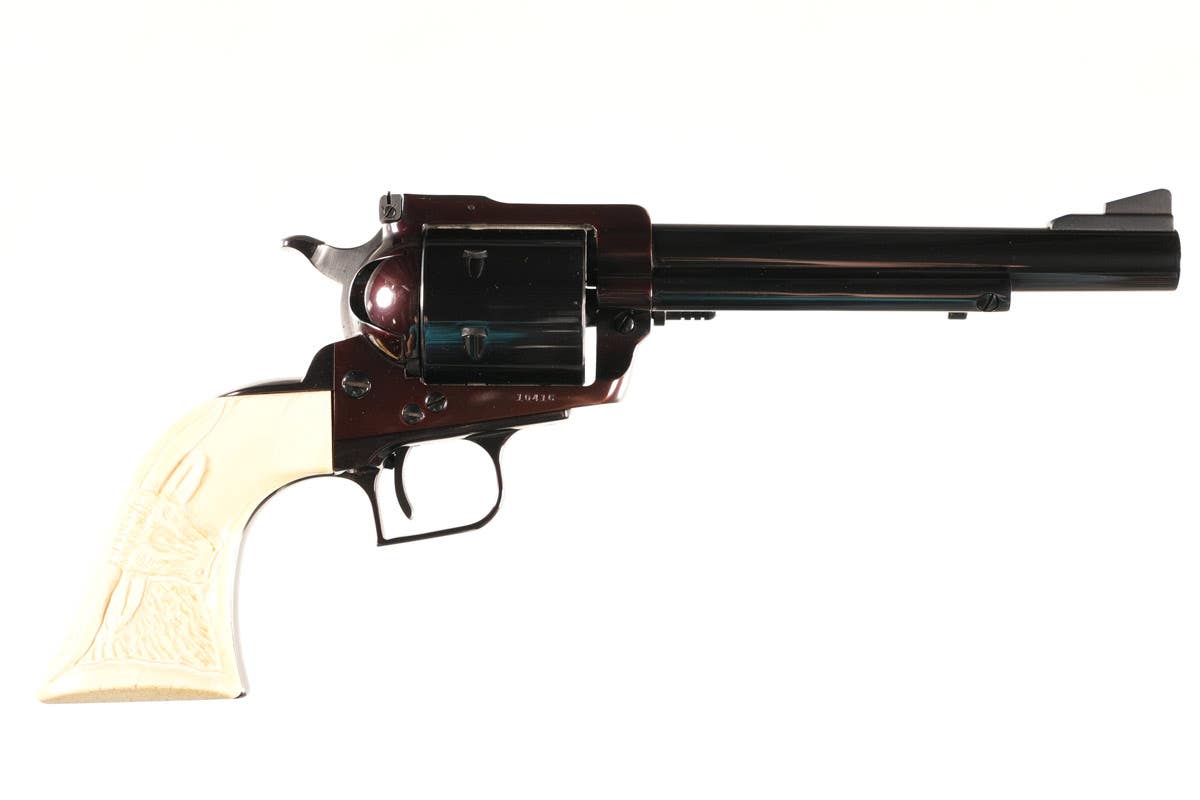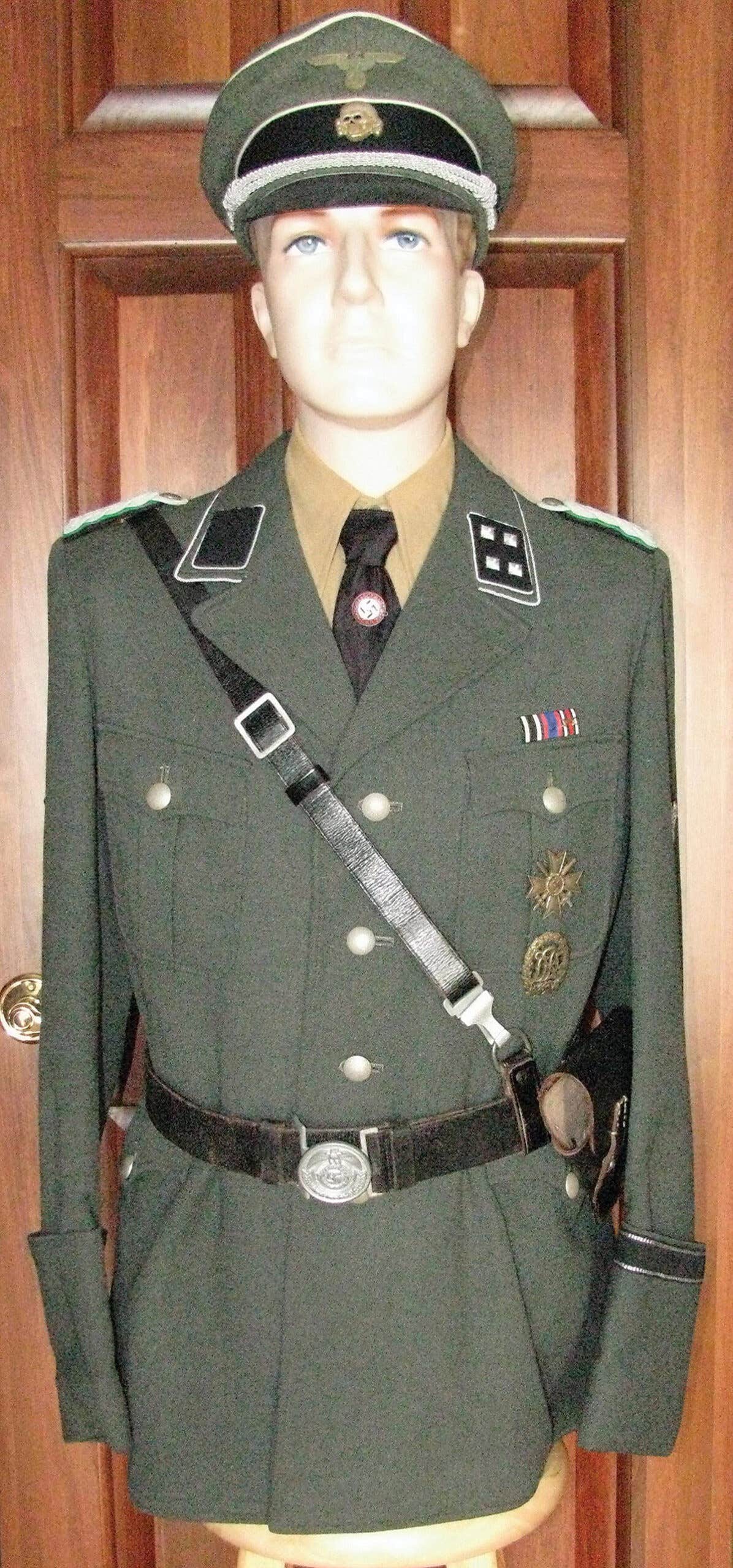Collectors show how they display WWI material
Tunics, Jackets, Overcoats, trousers, breeches, and Headgear of the Great War: How you display your WWI collection can determine their interpretive and aesthetic value.
A member of the Facebook group, “World War I AEF Collectors,” recently asked how others display their uniforms. The discussion covered the use of mannequins, with several people sharing photos of their collection. With the group’s permission, Military Trader is delighted to share some their photos.
We would like to see how YOU display your uniforms. Send a high resolution image with brief description to: Military Trader
You may also enjoy:
*As an Amazon Associate, Military Trader / Military Vehicles earns from qualifying purchases.
John Adams-Graf ("JAG" to most) is the editor of Military Trader and Military Vehicles Magazine. He has been a military collector for his entire life. The son of a WWII veteran, his writings carry many lessons from the Greatest Generation. JAG has authored several books, including multiple editions of Warman's WWII Collectibles, Civil War Collectibles, and the Standard Catalog of Civil War Firearms. He is a passionate shooter, wood-splitter, kayaker, and WWI AEF Tank Corps collector.








